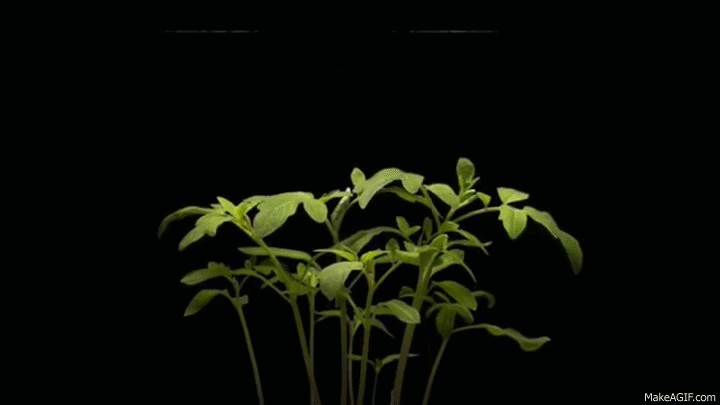CHOOSE A SUITABLE PLANT
Each specific species of plant is only suitable to a specific type of environment. Doing research on the type of soil, amount of sun, location, climate, etc. in your area and the specific conditions a species of plant will thrive at will aid in helping you find the most optimal plants to grow. You can also learn about the soil PH range by growing acid-loving plants such as red maple and pachysandra see how they grow in you area.
INTERACTING WITH OTHER PLANTS
Some diseases can be caused just by specific plant interactions. One example is allelopathy, which is chemical warfare that can cause non-infectious diseases. One specific example is that black walnuts produce juglone, a chemical toxic to other plants and can cause others to wilt and die.
ADD COMPOST
To have a healthy balance of soil organisms in your soil and prevent diseases, we recommend adding at least one inch of compost to your soil before you plant in the spring. However, during its growing season, crops like corn and tomatoes require an additional 0.5 inch layer of compost each month.
PERFECT YOUR WATERING
Each individual plant species also require different amounts and frequencies of watering. Too little water can can make plants more susceptible to disease-causing organisms like fungi, while too much watering will result in more susceptibility to root rot diseases. In addition, if there's moisture on a plant's leaves for a long period of time, foliar pathogens can cause infection. The best time to water is early morning, where moisture and dew are more likely to evaporate from leaves.
SIGNS OF DISEASE
Look for light-colored roots- this means the plant is healthy. Blackish and slimy roots are a sign of poor root health and root rot disease. Check plants for tumor-like growths on roots and crowns.
ROTATE YOUR PLANTS
This is one way to prevent disease. Many pathogens in the soil can remain in a specific location for many years. Therefore, when replanting a species, plant them in a different location.
SANITATION
Even if just one of your plants becomes infected with a disease, it is imperial to throw it out quickly and clean the area to avoid spreading it to other nearby plants. Any plants infested should be removed and destroyed immediately.
ADD ORGANIC MULCH TO YOUR SOIL
Mulch helps cool your soil and conserve moisture for a long period of time, giving plants a temporary source of water. Mulches also provide important organic matter for soils and encourage microorganisms to control plant pathogens. We recommend you put a 2 or 3 inch deep ring of mulch around the base of each plant.

